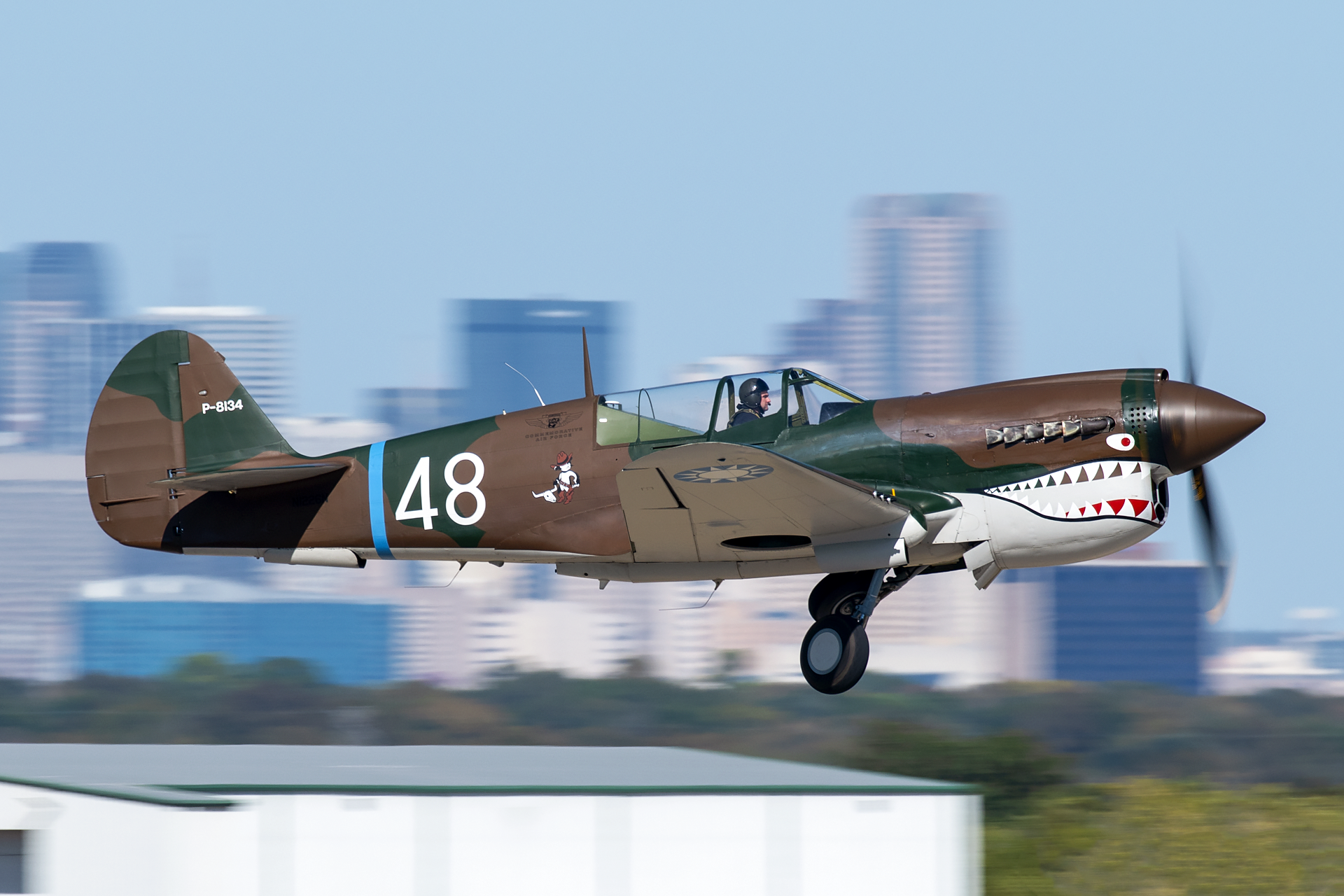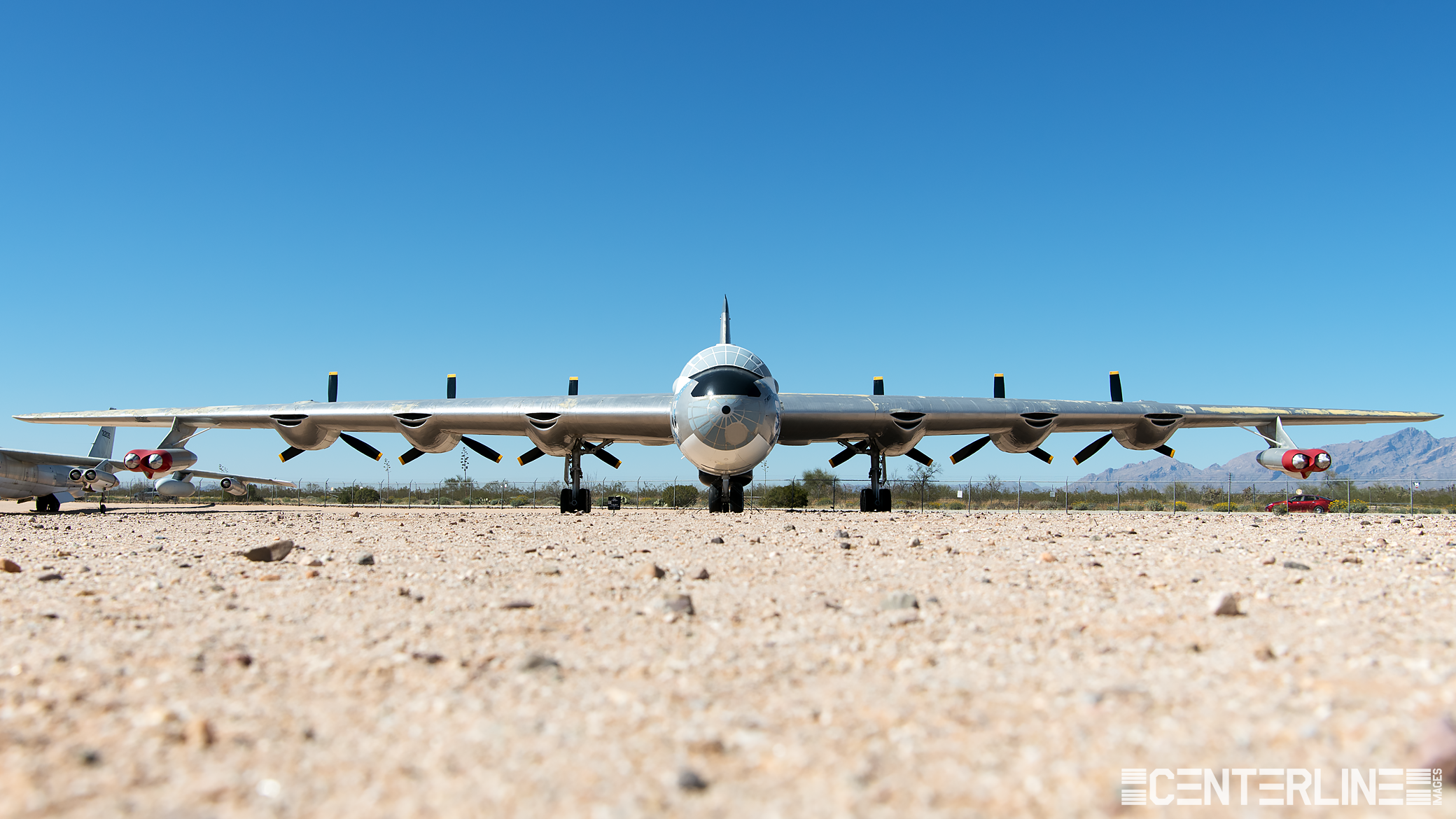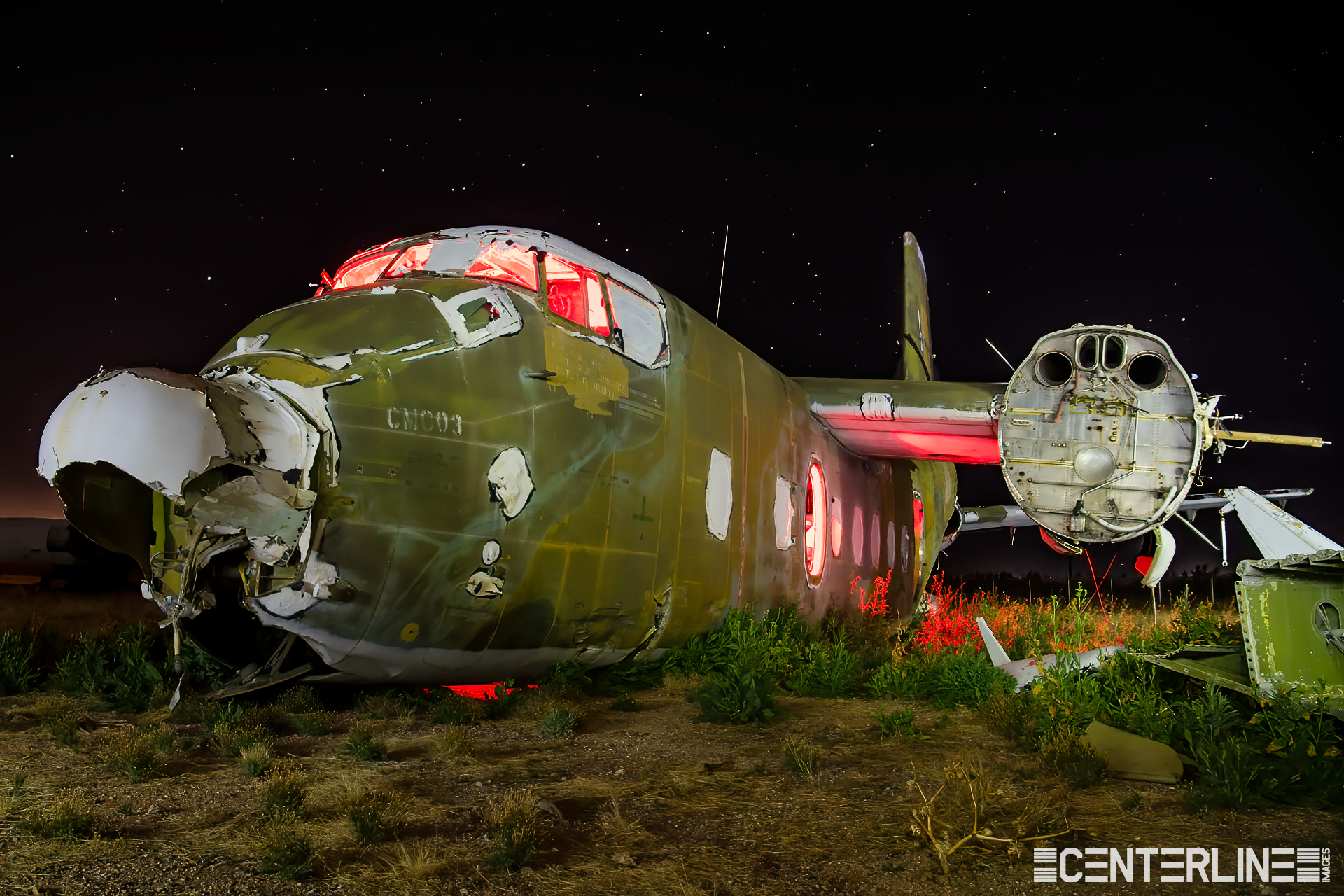
Curious on the backstory behind the photos? This is the place. You'll find not only write ups on local outings, but also reviews of major events I’ve attended.
PEACEMAKER
It’s all in the name…
A ground-level view of the largest mass-produced piston-engined aircraft ever built, the Convair Peacemaker. The type first flew in 1946 and boasts an enormous 230-foot wingspan and a pusher configuration of six Pratt & Whitney R4360 radial engines along with four General Electric J47 turbojets. This impressive configuration spawned the slogan of "six turning, four burning." With its sizeable wing, the B-36 was able to fly at high altitudes and vast distances without refueling, but with the jet-powered Boeing B-52 entering service in 1955, the B-36 was quickly rendered obselete and was withdrawn from service in February 1959. This particular airframe, "The City of Fort Worth," was the last B-36 built and the last B-36 retired when it departed Biggs Air Force Base for Fort Worth, Texas - home of Convair. It was then put on display and remained in Fort Worth until it was disassembled and trucked to the Pima Air & Space Museum in the mid-2000s. "The City of Fort Worth" has since been restored to its former Strategic Air Command glory and is one of only four surviving Peacemakers.
From The Vault: The Hunter Hackney Caribou
This war horse is also a war hero, and unbeknownst to many, it sits in the restoration yard of the iconic Pima Air & Space Museum.
(Originally posted March 9, 2022)
Few know that behind the Pima Air & Space Museum are the remains of a historic USAF aircraft. On August 25, 1968, then Major Hunter F. Hackney flew 2 drop passes over the Duc Lap Special Forces camp in South Vietnam in support of US and ARVN troops. The drops delivered vitally needed ammunition through vicious concentrations of anti-aircraft and automatic weapons fire in which Hackney's Caribou sustained severe battle damage. Major Hackney then flew the paralyzed aircraft to a nearby forward operating base Ban Me Thout. )Fully aware that the defenders of Duc Lap wouldn't be able to survive the night without further resupply, he then obtained this very Caribou and once again headed towards the fight, successfully dropping more supplies and again sustaining severe battle damage. The defenders of Duc Lap survived the siege which ended several days later. For his airmanship, bravery, and heroism, Major Hackney was awarded the Air Force Cross and the RVN Gallantry Cross with Silver Star. Another Caribou on display at the National Museum of the US Air Force was once painted as Hackney's aircraft, but this is the real deal.




